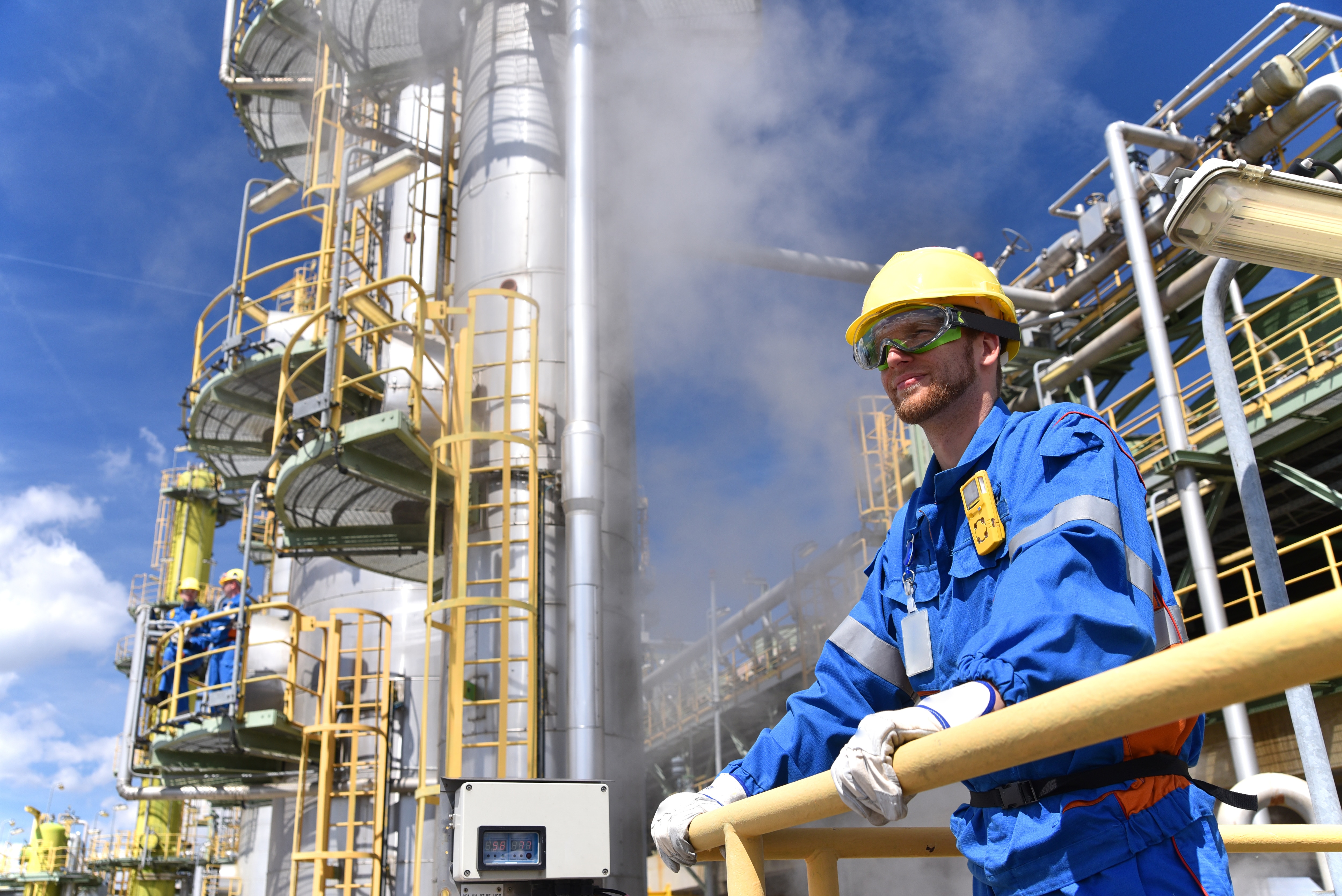Continuous Emissions Monitoring

Air pollution from black smoking factory chimneys - this has become a rare sight thanks to modern plant technology. Nevertheless, industry is one of the main producers of pollutants that are harmful to the environment.

For this reason, this standard also includes the pollutants to be measured and their lower detection limits, which must be provided by the measurement technology. In addition, this certification facilitates access to international markets. During the development of the LGD F200, attention was paid to compliance with these guidelines from the very beginning. This makes it easier for system integrators to obtain the necessary certification for their overall system. Combined with proper integration, Axetris LGD modules are perfect for continuous measurements and years of use in the field. A measurement algorithm optimized for the application prevents measurement deviations due to drift, even when no target gases are present. The optical, contactless measurement and long-term stability thus keep frequent maintenance intervals to a minimum.

However, the measured values for the continuous emission measurements must always be reported in the dry gas mixture. For this information, the amount of moisture in the mixture must be known. There are two possible ways to determine this value: on the one hand, by calculation with the help of O2 measuring devices or by a direct measurement of the moisture. For an O2 measurement, sensors based on a chemical-reactive measurement are usually used. With these techniques, there is often an age-related drift and degradation of the sensor due to the chemical reaction. Therefore, these sensors are often very susceptible to maintenance and must be replaced at regular intervals. With the LGD F200, it is possible to directly determine the moisture in the gas mixture in addition to NH3 or HCl as the primary target gas. Due to the possibility to scan the laser over a small spectral range, two gases can be measured simultaneously. This eliminates the need for a second sensor and the subsequent, time-consuming calculation of the moisture content.

The others measure in an extractive stream that is branched off from the exhaust gas stream in the stack. Both variants have advantages and disadvantages, depending on the requirements and intended use, and in any case also their justification. In the continuous emission measurement system, which is strongly driven by regulations, the systems must be maintained at regular intervals. In some cases, checks and test measurements by external bodies are also necessary. Here, systems with an extractive measurement are more advantageous, since they are usually housed in easily accessible cabinets at the stack. In addition, the measuring conditions in an extractive system can be better controlled, which in turn leads to more reliable results. With the LGD F200, Axetris has developed a measuring system that is perfectly suited for extractive measurement in harsh industrial conditions.